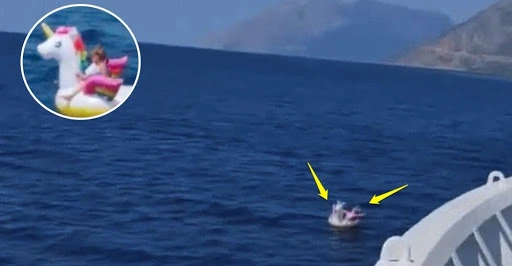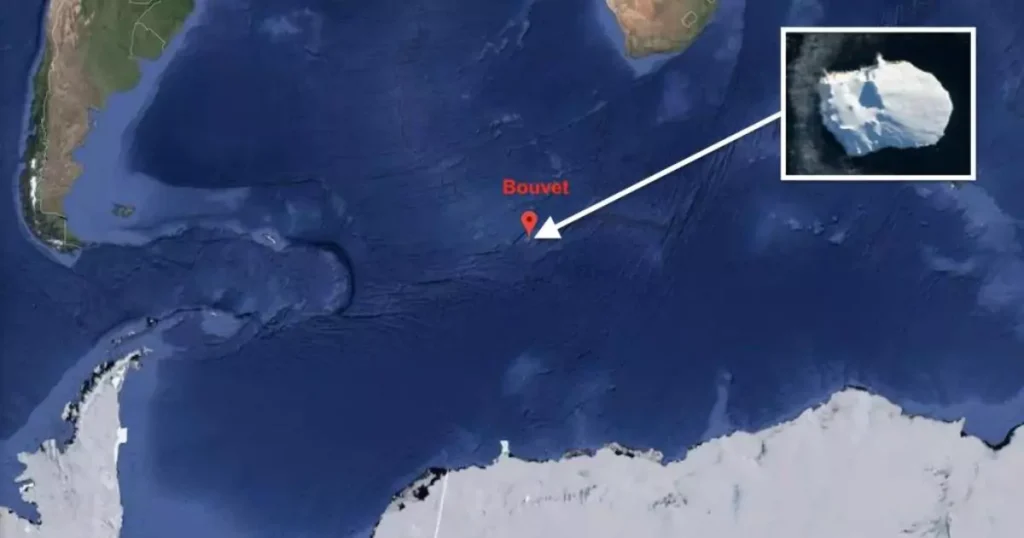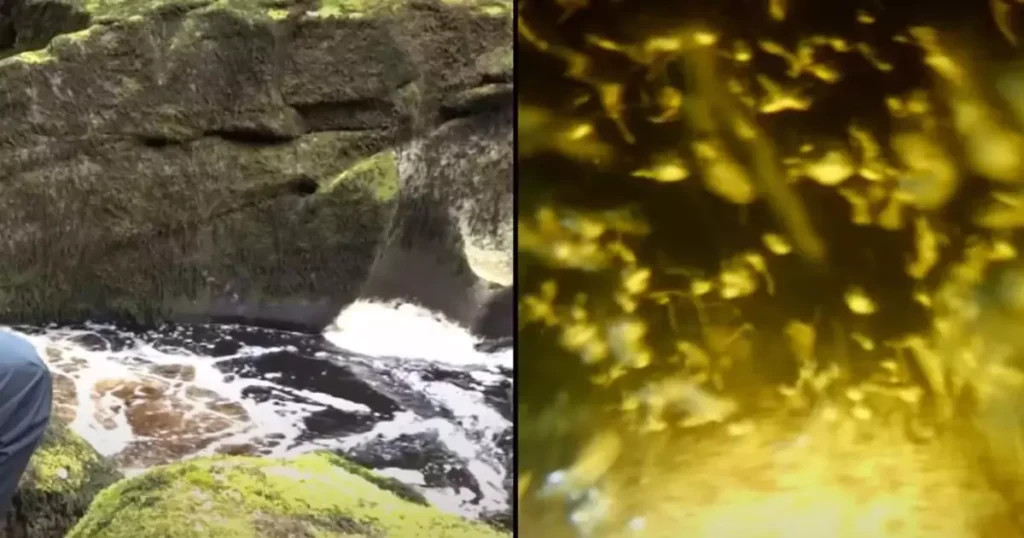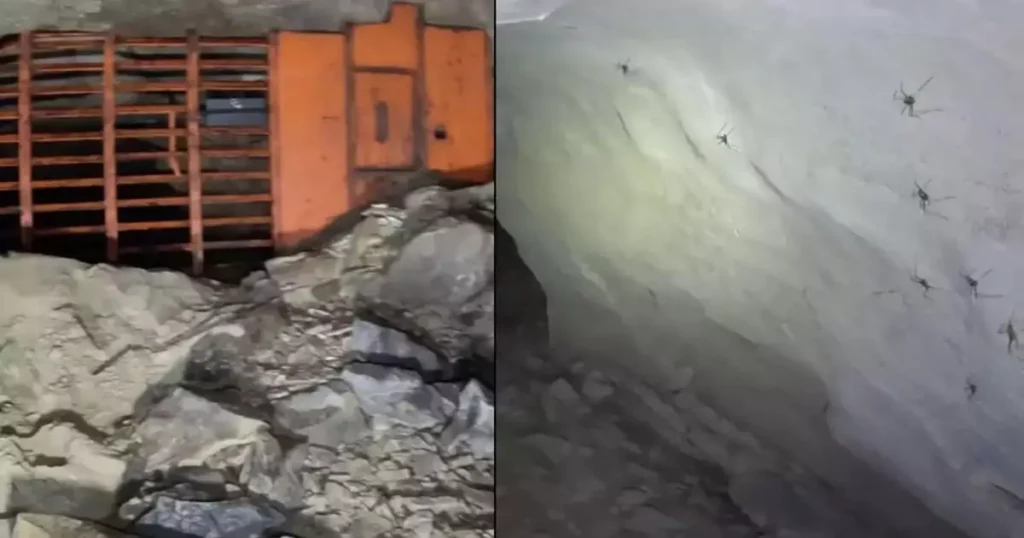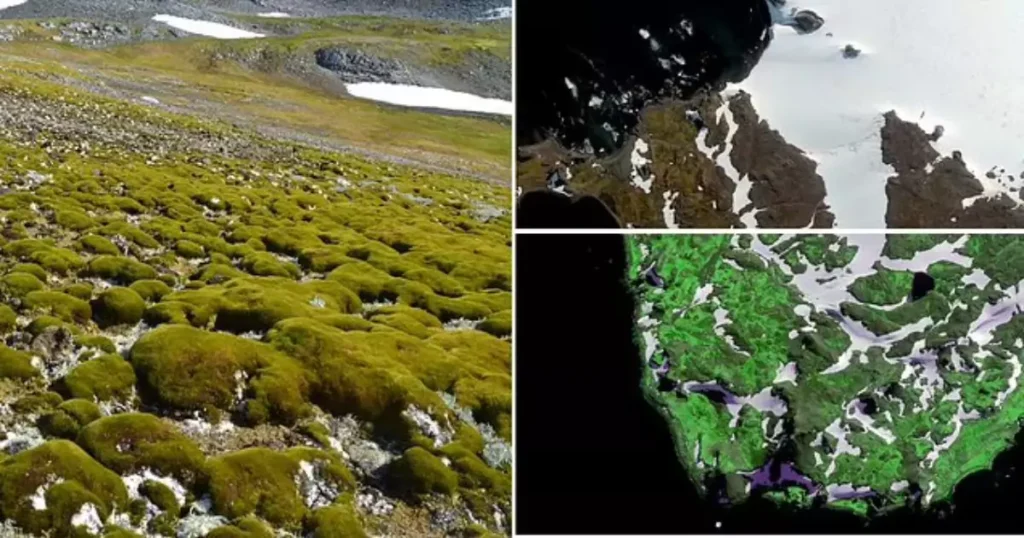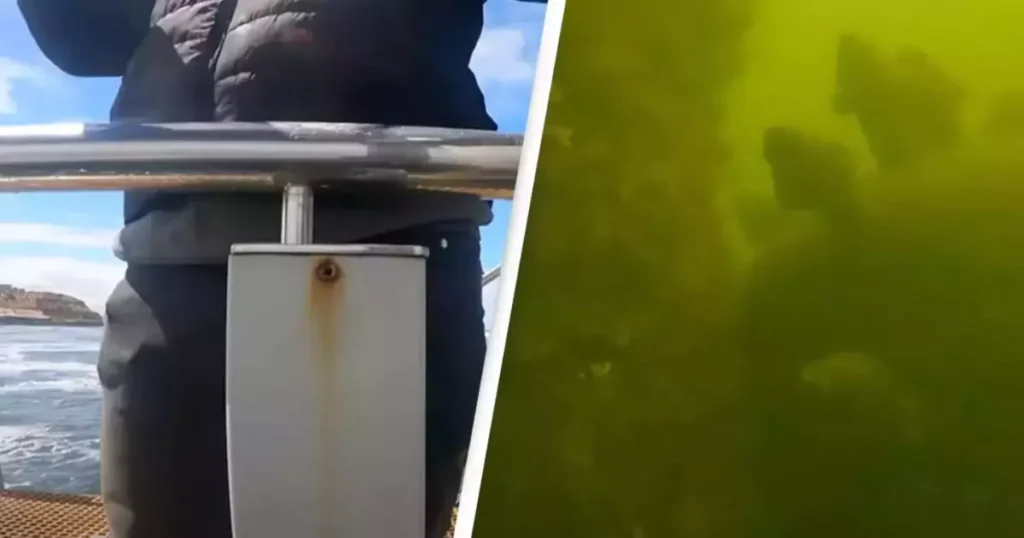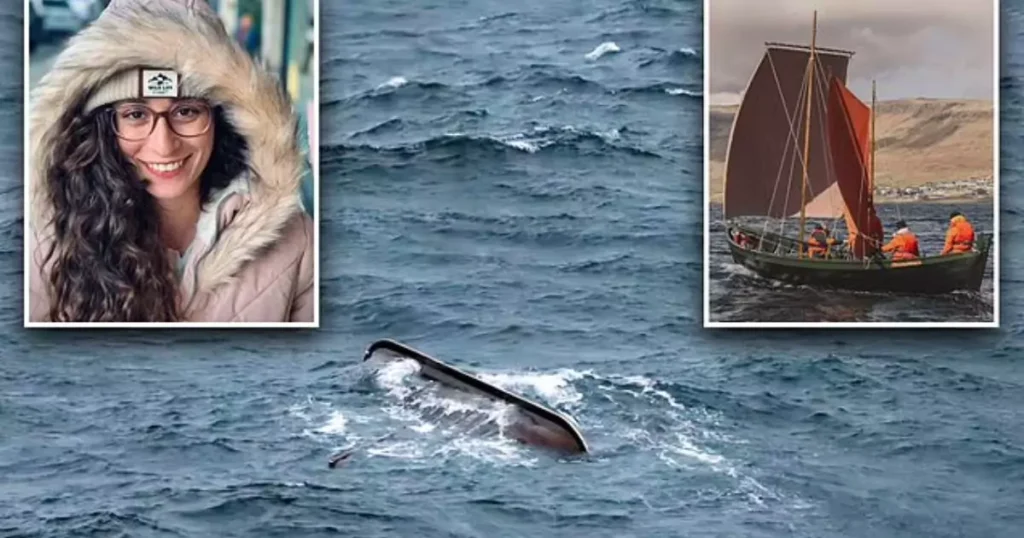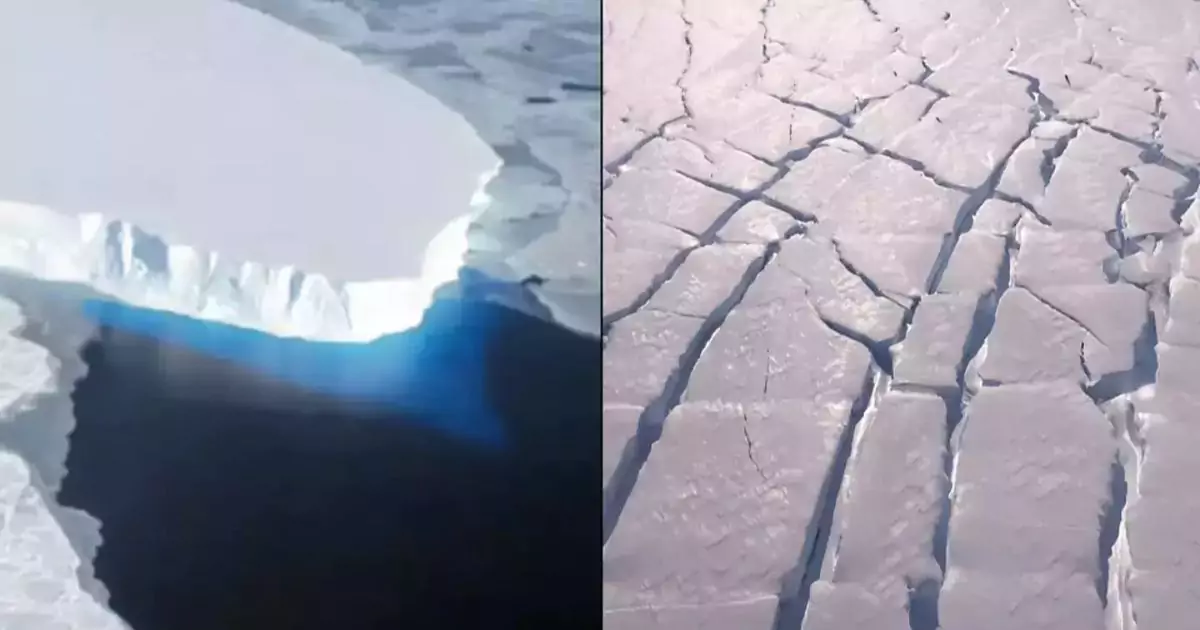
The Thwaites Glacier in Antarctica, ominously nicknamed the “Doomsday Glacier,” has long been a focal point of concern for scientists and environmentalists alike. This massive glacier, part of the West Antarctic Ice Sheet, is infamous for its vulnerability and the catastrophic consequences that could follow if it were to collapse. A collapse of the Thwaites Glacier could lead to a significant rise in sea levels, endangering coastal cities and displacing millions of people worldwide.
Understanding the ‘Doomsday Glacier’ and Its Global Impact
The Thwaites Glacier, along with the nearby Pine Island Glacier, forms what experts describe as the “weak underbelly” of the West Antarctic Ice Sheet. These glaciers are considered highly vulnerable to rapid collapse, which could occur with little warning. The potential collapse of the Thwaites Glacier is a major concern because it could trigger a chain reaction, leading to the disintegration of the entire ice sheet and causing sea levels to rise by several feet.
Such an event would have devastating effects on coastal communities around the world. Rising sea levels would inundate low-lying areas, resulting in widespread flooding, loss of land, and the displacement of millions of people. The economic and social costs of such a disaster would be enormous, making the Thwaites Glacier a critical area of study for climate scientists.
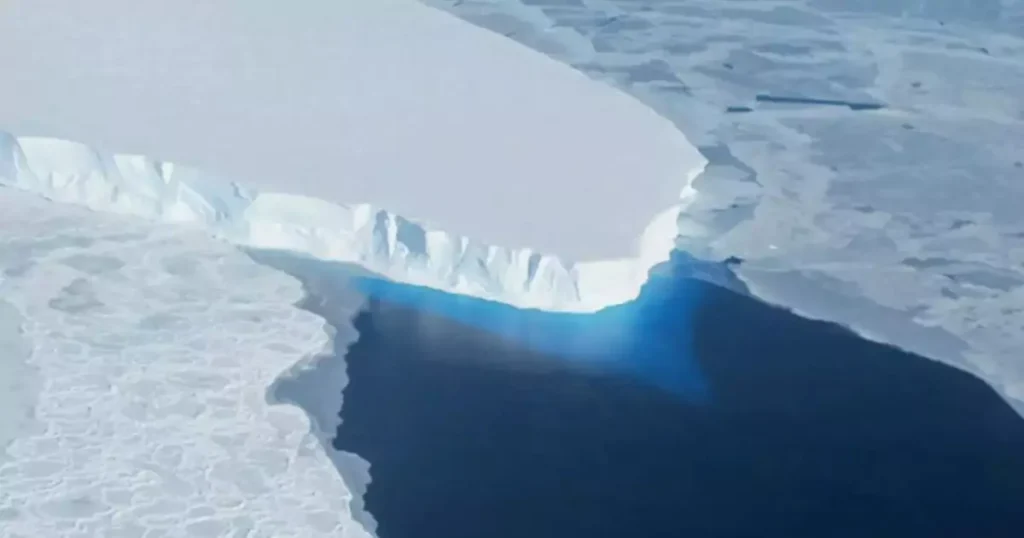
New Study Brings Reassurance – But Not Relief
Despite the grim possibilities, a recent study offers some reassurance regarding the stability of the Thwaites Glacier—at least for now. The study, published by Professor Mathieu Morlighem and colleagues, suggests that one of the most feared outcomes, known as Marine Ice Cliff Instability (MICI), may not be a significant threat in the 21st century.
MICI refers to the process where tall ice cliffs, exposed after an ice shelf collapses, become too unstable to hold together and rapidly disintegrate. The concern has been that such a process could occur at the Thwaites Glacier, leading to a rapid and catastrophic collapse. However, the new study indicates that the glacier is likely to remain relatively stable until at least 2100. When researchers simulated a potential collapse in 50 years, they found that the resulting ice cliffs would not be tall enough to trigger rapid disintegration.
This finding is encouraging, as it suggests that the “nightmare scenario” of a sudden and catastrophic collapse is less likely than previously feared. According to USA Today, Professor Morlighem noted that although the Thwaites Glacier and the West Antarctic Ice Sheet are still in retreat, the process is “not as rapidly as one scenario suggested.”
The Continuing Threat of Melting Ice and Rising Sea Levels
While the study’s findings are somewhat reassuring, they do not mean that the Thwaites Glacier is entirely stable. The glacier continues to melt and lose mass, driven by warmer ocean currents that are thinning the ice from below. This ongoing process will contribute to rising sea levels, which are already expected to increase by about two to three feet by the end of the century.
Even if the most catastrophic scenarios are avoided, the continued melting of the Thwaites Glacier will still have significant consequences. A gradual rise in sea levels will exacerbate flooding, erode coastlines, and put additional strain on coastal infrastructure. Communities around the world will need to prepare for these challenges, as the effects of climate change become increasingly evident.
What Does the Future Hold for the ‘Doomsday Glacier’?
The Thwaites Glacier remains a critical area of concern for scientists monitoring the impacts of climate change. Although the recent study suggests that a rapid collapse is less likely, the glacier’s ongoing retreat and the associated rise in sea levels cannot be ignored. The situation highlights the importance of continued research and monitoring to better understand the dynamics of the glacier and to predict future changes.
In the broader context of global climate change, the Thwaites Glacier serves as a stark reminder of the urgent need for action. Reducing greenhouse gas emissions, transitioning to renewable energy sources, and implementing policies to mitigate climate impacts are essential steps to slow the melting of polar ice and protect vulnerable communities from the consequences of rising sea levels.
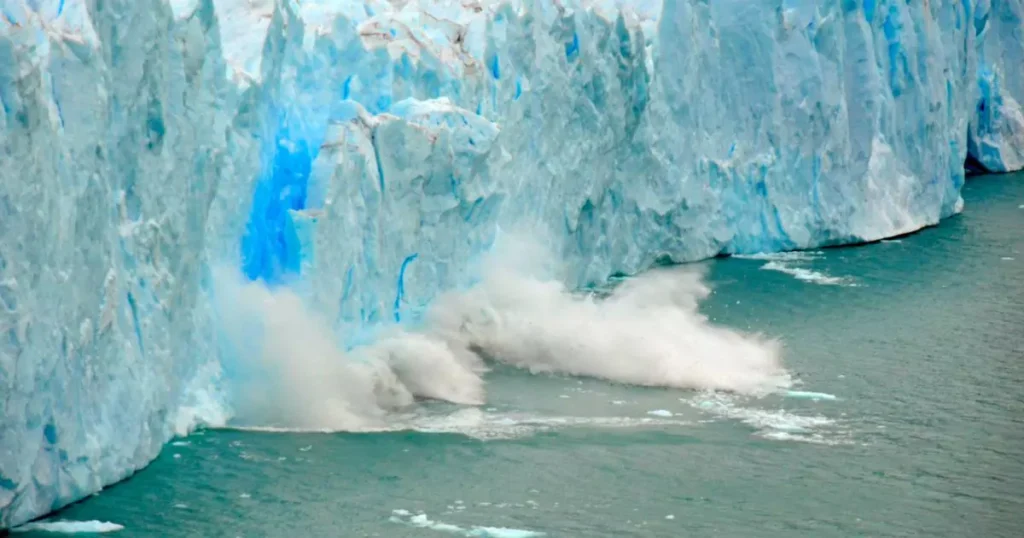
The ‘Doomsday Glacier’ – A Complex Threat
The Thwaites Glacier, often referred to as the “Doomsday Glacier,” represents one of the most significant and complex threats posed by climate change. While recent research provides some hope that the worst-case scenario may be avoided in the near term, the glacier’s continued melting and the resulting rise in sea levels remain serious concerns.
As scientists continue to monitor the glacier, the world must stay vigilant and proactive in addressing the broader issues of climate change. The Thwaites Glacier may not collapse tomorrow, but its slow, relentless retreat is a warning that cannot be ignored. The choices we make today will determine the future of our planet and the safety of generations to come.


















